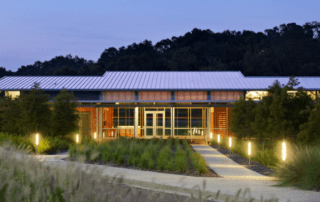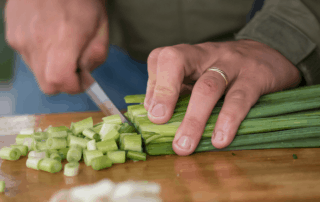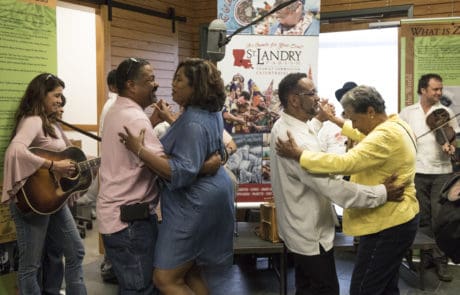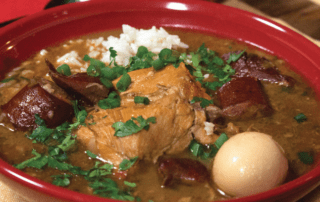Accordions are cool! SLPTC installs an art piece, instrumental to our culture.
Mary Hawkins2019-09-12T15:11:40-05:00
Key of "C" Accordion Kiosk
The St. Landry Parish Tourist Commission (SLPTC) has installed a new art piece, the Key of "C" Accordion Kiosk. The kiosk is a unique concept that combines art, construction, design, and modern technology. The sculpture allows the user to explore CajunTravel.com, a website designed to promote travel to St. Landry Parish, Louisiana and assist visitors with travel decisions.
The accordion is mobile, using a pulley system, and can be adjusted to the user's height, making it accessible to children and those with disabilities. One of the most exciting features is the accordion's functionality. This piece was designed to resemble a single row diatonic accordion, one of the earliest accordions used in Acadiana. It is sometimes referred to as a "Cajun Accordion" but was widely popular in the Creole community as well. We can thank early German settlers for bringing us this well-loved musical instrument and thus shaping our heritage and music. Traditionally the diatonic accordion has a button keyboard on the right-hand side with 10 buttons. On the Key of "C" Accordion, six of these buttons are functioning and play a variety of genres found in this region of the state including Lala, Creole, Zydeco, Traditional Cajun, and Progressive Cajun.
Key of "C" Accordion Song List
Les Blues de Voyages by Amédé Ardoin (La la)
Bon soir Moreau by Geno Delafose & French Rockin' Boogie (Creole)
Tighten Up Zydeco by Clifton Chenier & The Louisiana Ramblers (Zydeco)
Ma Valse Favori by Cleoma Falcon (Traditional Cajun)
Kara's Bounce by T'Monde (Contemporary Cajun)
Blues de Bernadette by Lost Bayou Ramblers (Progressive Cajun)
The sculpture was designed and created by Breaux Bridge artist, Kelly Guidry. Teamwork Solutions of Lafayette facilitated the project and handled the digital components of the kiosk. Widely known throughout Louisiana as the "Chainsaw Guy," Kelly uses wood and metal to bring to life imaginative figures. For the Key of "C" accordion, Kelly used multi-use, reclaimed wood, some pieces nearly 200 years old, and custom-made decorative brackets. Materials include antique pine, pecky cypress, and even bousillage support columns for the top of the structure. Any new materials were dramatically distressed. Casey Deshotel, President & CEO of Teamwork Solutions was responsible for the digital kiosk and the musical element.
Why the key of "C"? You might be wondering, "What's in the name?" You could interpret "C" as either Cajun or Creole. Both would be accurate as the accordion is a popular instrument among both communities and in a very wide variety of musical genres, but the name has more to do with the history of the accordion rather than cultural ownership.
According to Ann Savoy's book, "Cajun Music A Reflection of a People Volume I," early accordions were only made available in the keys of "A" and "F." This made it difficult for fiddlers who couldn't tune their instrument to those keys. It wasn't until companies like Monarch and Sterling released "C" and "D" accordions that it became a popular accompaniment to the fiddle at a house dance or "la la." Ann also notes in her book that the "C" accordion was preferred by musicians. What would Louisiana music be like without this instrument? Who would our icons be if Amédé Ardoin or Iry Lejeune wouldn't have picked up the accordion? Did the key of "C" change the future of our music? That's just some food for thought!
The Key of "C" Accordion Kiosk is supported by a grant from the Louisiana Division of the Arts, Office of Cultural Development, Department of Culture Recreation and Tourism in cooperation with the Louisiana State Arts Council as administered by the Acadiana Center for the Arts.


















